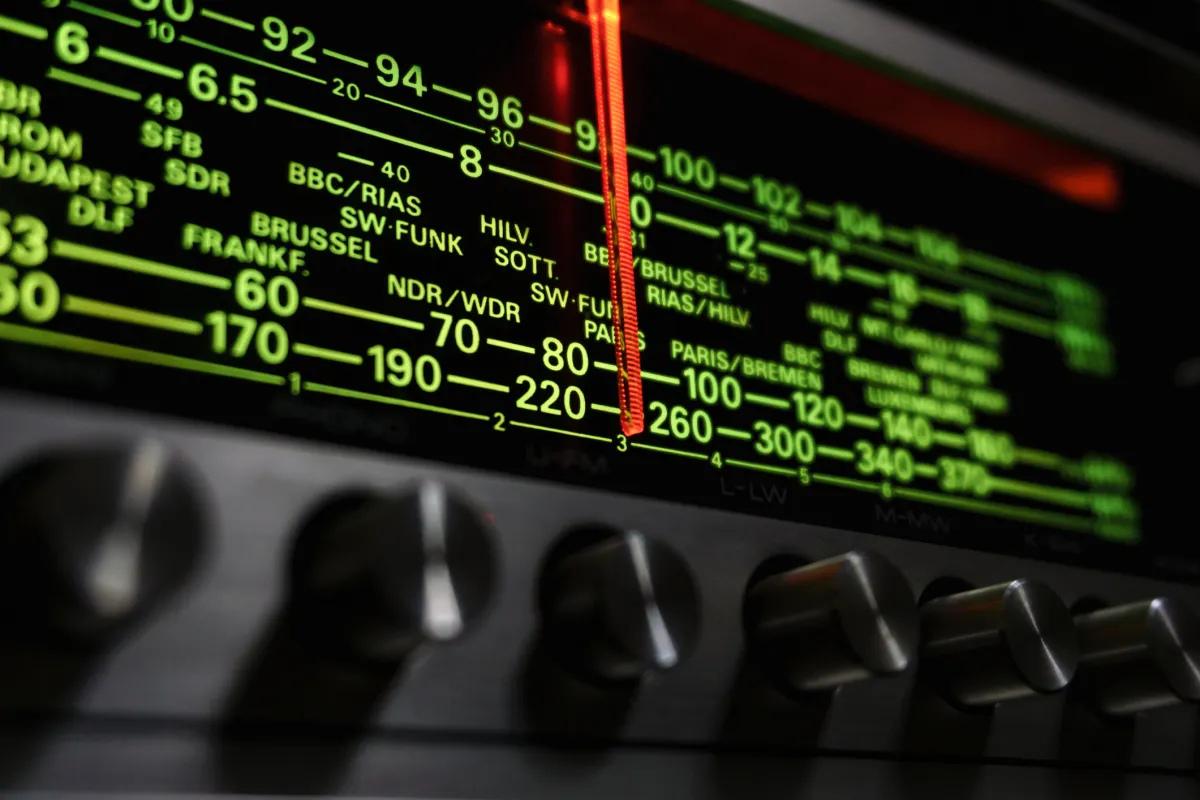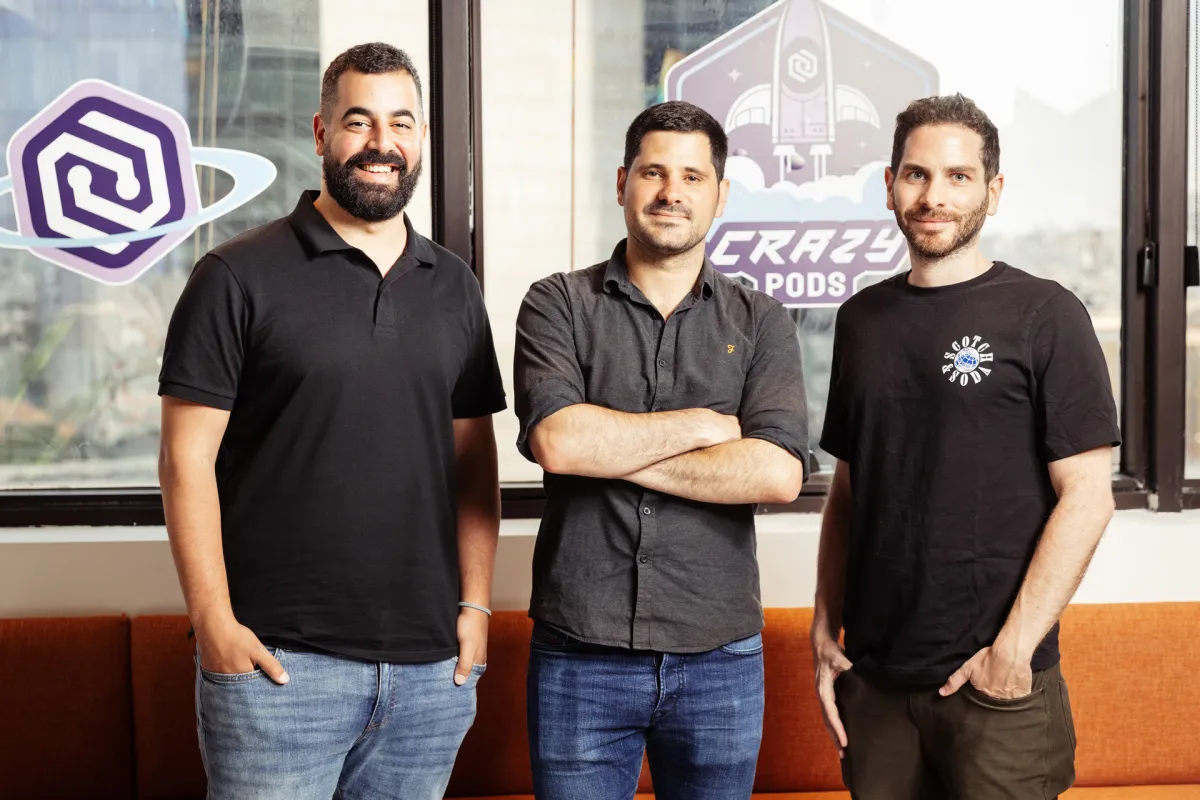🛰️ Apex Space 发射首颗卫星:卫星总线制造业迎来新时代 🚀
APEX太空即将推出第一辆运载火箭,让卫星总线制造颠覆一步更近
“`html
Apex Space, a company supported by a16z, successfully launched its first satellite into orbit.
Image by Flo Karr on Unsplash
Apex Space, the ambitious startup aiming to revolutionize satellite bus manufacturing, just achieved a major milestone: its first satellite, “Aries,” is now successfully orbiting Earth. 🌍 The Los Angeles-based company launched this groundbreaking mission as part of SpaceX’s Transporter-10 rideshare program. Soon after its deployment, Apex’s mission operators made contact with the spacecraft, thanks to its fortuitous positioning over a ground station. 📡
In a recent interview, Apex CEO Ian Cinnamon revealed that the satellite initially transmitted data packets using a UHF beacon, acting as a backup radio signal. However, the operators swiftly switched to an S-band radio, allowing for bidirectional communication and higher data transmission rates between the spacecraft and ground stations. 📶 These crucial actions confirmed that Aries is alive and well in orbit, achieving a record-breaking feat: going from a clean sheet design to production spacecraft in just one year!
🧪 Testing and Commercial Payloads
Now that the first phase has been successfully completed, Apex is preparing to conduct a series of tests on the vehicle and its subsystems. Once these tests are finalized, customers, whose names remain undisclosed, will be given the opportunity to utilize the satellite for their own payloads for approximately six months. 📊
Interestingly, this customer partnership was not initially part of Apex’s plans. Originally, the mission was conceived as a technology demonstrator. However, as Ian Cinnamon explained, when discussing potential satellite purchases with interested customers, the idea arose to allow these customers to test small payloads as a way to establish rapport and mutual understanding. And why not? The additional revenue stream for Apex and the chance to practice working with customers made it a win-win situation. 🤝
🛰️ A Long-Term Software Testbed
Once customers fulfill their objectives, the Aries SN1 satellite will continue its journey as an ongoing software testbed in space. Apex plans to utilize the spacecraft for various testing purposes, including flight software trials and the evaluation of guidance, navigation, and control systems. All of this will contribute to Apex’s continuous improvement and innovation within the field. It is estimated that the satellite will remain in orbit for another five years, providing valuable opportunities for further advancements and refinements. 💡
🚀 The Future of Apex Space
Apex, supported by renowned venture capital firms like Andreessen Horowitz and Shield Capital, is focused on addressing the satellite bus “bottleneck” dilemma currently faced by the space industry. In addition to the Aries spacecraft bus, designed to accommodate payloads up to 100 kilograms, Apex is developing two larger bus product lines: Nova and Comet. The production of these innovative satellite buses is anticipated to commence in 2025, further expanding Apex’s capabilities and influence in the industry. 🔭
🌠 The Impact and Future Trends
Apex Space’s successful launch of its first satellite is not only a significant milestone for the company but also an event that reverberates throughout the industry. The ability to rapidly design and manufacture spacecraft represents a major shift in satellite bus manufacturing, streamlining the process and reducing costs. This development opens doors for more players to experiment and innovate in space technology. As we look ahead, we may witness a new era of space exploration, driven by increased accessibility and tremendous possibilities. 🌌
❔ Q&A: What Do Readers Want to Know? 💬
Q1: How does Apex’s satellite bus manufacturing differ from traditional methods?
Apex Space tackles the challenge of satellite bus manufacturing by introducing productized satellite buses, such as Aries, Nova, and Comet. These standardized and modular platforms streamline the design and production process, enabling faster time-to-market and cost savings.
Q2: What advantages does bidirectional communication with ground stations bring?
Bidirectional communication allows spacecraft to relay data back to Earth, enabling mission operators to gather valuable information and monitor the health of the satellite in real-time. This facilitates troubleshooting, software upgrades, and the overall operations of the spacecraft.
“““html
Q3:Apex的卫星总线将对未来的太空探索产生什么影响?
Apex的卫星总线不仅有助于减少卫星总线的“瓶颈”,还使太空访问民主化。随着更加实惠和高效的航天器平台,我们可以预期该领域的参与者数量增加,创新任务和应用激增。
Q4:Apex的卫星总线是否有支持未来更大有效载荷的计划?
当然有!虽然白羊座卫星总线可容纳高达100千克的有效载荷,但Apex正在开发更大的总线产品线,称为新星和彗星。这些即将推出的型号将能够支持更重要的有效载荷,进一步扩大科学研究、通信和空间观测的可能性。
🔗 相关来源和进一步阅读
- Apex Space joins defense primes in landing massive military satellite contract – 一份全面报告,突出了Apex Space最近的成就和合作。
- 通过卫星图像分析获得气候变化见解 – 发现卫星图像分析如何揭示黑暗捕捞产业的巨大规模及其对气候变化的影响。
- Quora筹集7500万美元以扩大Poe AI聊天机器人平台 – 了解Quora开发的聊天机器人平台Poe AI的融资和增长情况,以及对AI进展的影响。
记住,知识在分享时最棒!通过与您的朋友和科技爱好者共享本文,传播对Apex Space杰出成就和卫星总线制造未来的兴奋之情。🚀✨
免责声明:上述所用图像并非Apex Space发射的白羊座卫星。仅供说明目的。
📢 嘿,读者们!您对未来太空探索的其他激动人心的发展有什么设想?分享您的想法并加入下方的对话中!👇✨
参考资料:
- Apex Space. (n.d.). 卫星技术。
- Holmlund,F. (2021年7月28日)。 Apex Space’s first satellite healthy on orbit。SpaceNews。
“`






